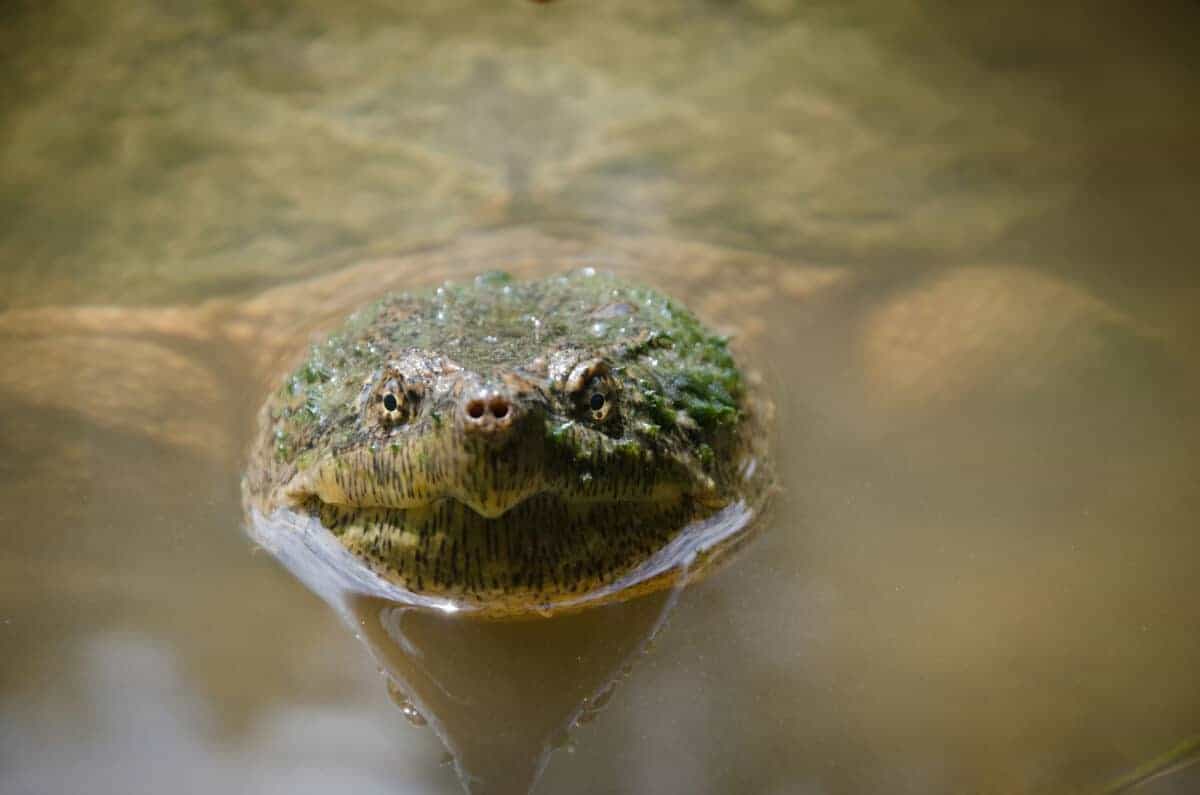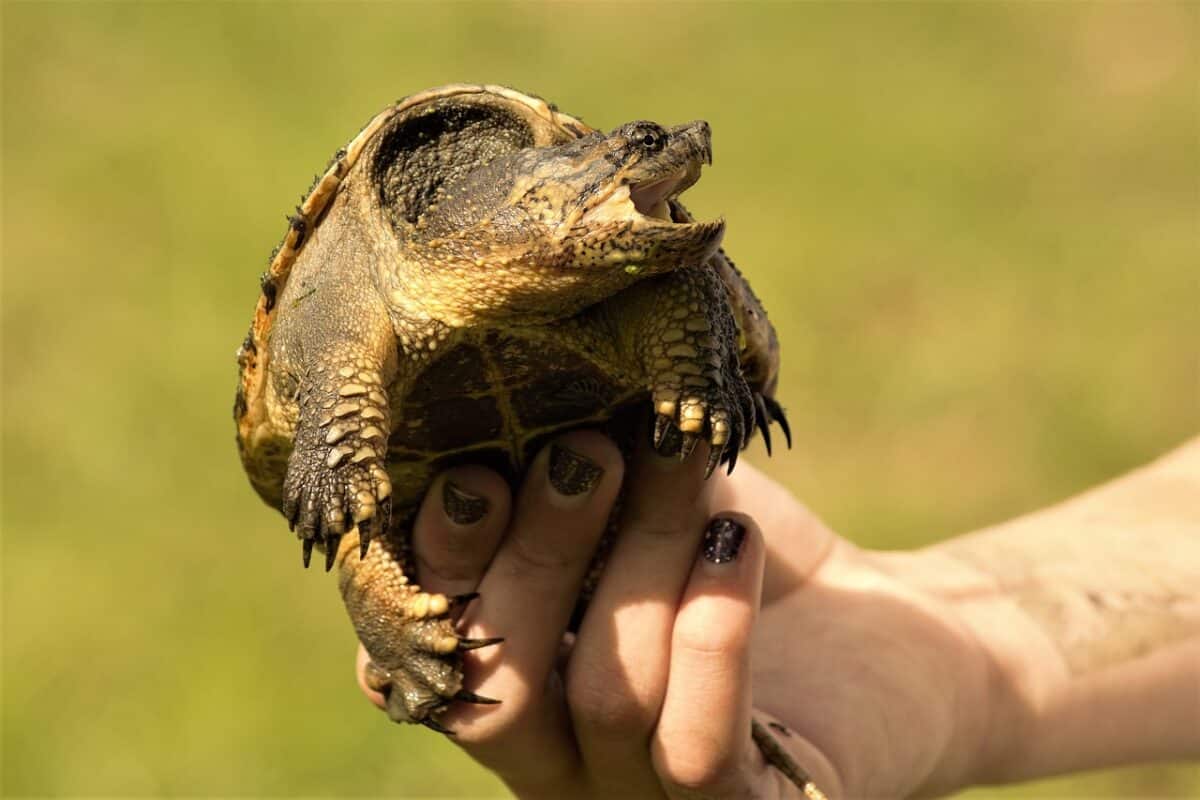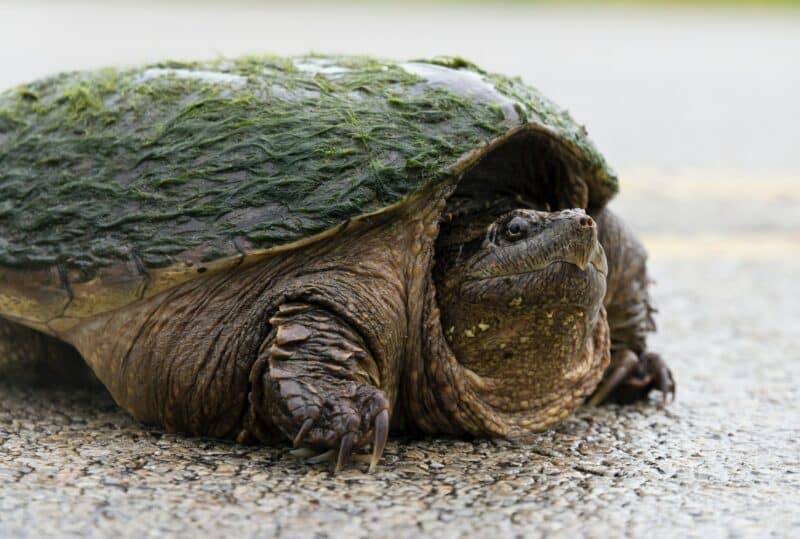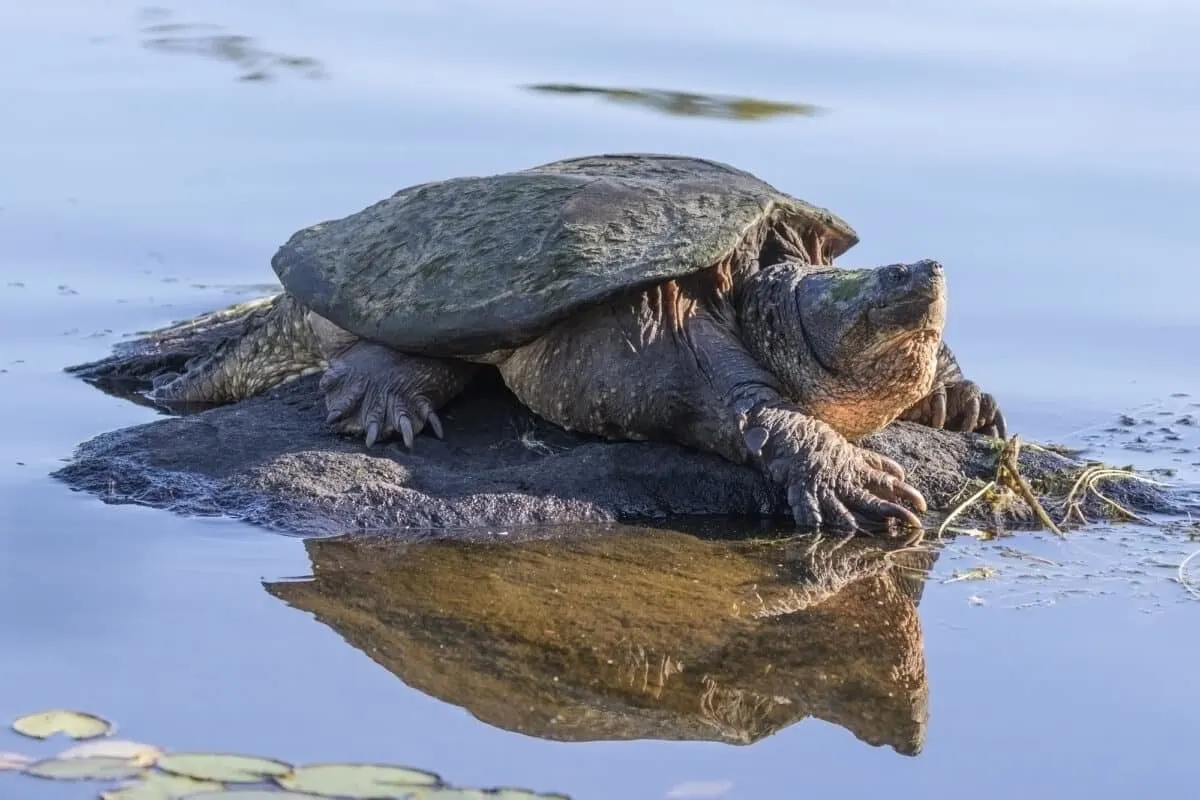Snapping turtles are intriguing creatures, known for their extraordinary resilience and distinctive characteristics. Among the most captivating aspects of these reptiles is their mating ritual, which some describe as violent due to its ferocity and intensity. Understanding this unique behavior requires a glimpse into the world of snapping turtles and their life in the wild. These turtles, primarily found in North America, are divided into two main types: the common snapping turtle (Chelydra serpentina) and the alligator snapping turtle (Macrochelys temminckii). Both species are renowned for their strong beaks and feisty nature, features that play crucial roles in their mating rituals.
A Brief on Snapping Turtle Behavior

Before diving into the specifics of mating, it’s essential to understand the general behavior of snapping turtles. These turtles are predominantly aquatic, favoring slower-moving bodies of water such as ponds, rivers, and marshes. Equipped with strong jaws and an aggressive disposition, snapping turtles are adept predators with an opportunistic diet ranging from fish and amphibians to small mammals and aquatic plants. This aggressive behavior is not limited to their hunting practices; it permeates every aspect of their lives, including their mating rituals.
The Mating Season

Snapping turtles typically engage in mating activities during the warmer months, from late spring to early summer. This timing is crucial since it aligns with optimal conditions for egg incubation and hatching. The process begins with males seeking out females, which they locate using visual cues and pheromones. Interestingly, snapping turtles, especially the common variety, are not overly territorial, allowing for a relatively wide range of movement throughout different water bodies during this period.
The Violent Courtship Display

The courtship and mating ritual of snapping turtles can indeed be described as violent, but this isn’t due to any intention of harm. Instead, it’s a reflection of the turtles’ natural aggressive tendencies. During courtship, the male snapping turtle approaches the female with the intent to assert his dominance. He does this by physically nudging her with his carapace, which can escalate into a full-blown push or shove. This initial contact is part of a complex ritual designed to ensure that the male’s intentions are communicated effectively.
If the female is receptive, she remains still, allowing the male to grip the edges of her shell using his powerful claws. This is where the encounter takes on a more violent edge, as the male must position himself correctly for copulation, often necessitating rough handling with biting or clawing behaviors. Despite appearing brutal, these actions are typical of snapping turtle mating behavior and are crucial for successful copulation.
Understanding the Purpose

While these actions may seem harsh, they serve an essential evolutionary purpose. The aggressive nature of the mating ritual might be a mechanism to ensure only the healthiest and strongest males reproduce, thereby passing on desirable traits to the next generation. This behavior also assists snapping turtles in establishing physical dominance, which can be vital for survival in their competitive aquatic habitats.
Post-Mating Behavior

Once mating is completed, the interaction between the male and female snapping turtles ceases. They part ways, and the female assumes the responsibility of finding a suitable nesting site, often traveling considerable distances to lay her eggs. She deposits the eggs in a carefully selected location, covers them with dirt or sand, and leaves them to incubate on their own, a characteristic of many reptile species. The level of parental investment ends there, as snapping turtles exhibit no post-hatching parental care.
Ecological Importance

The mating rituals of snapping turtles, although intense, play a critical role in maintaining the balance within their ecosystems. As both predators and scavengers, snapping turtles help control populations of various aquatic organisms, contributing to healthy aquatic ecosystems. Their reproductive strategies ensure a resilient population capable of adapting and thriving in diverse environments.
Conclusion

The snapping turtle’s mating ritual, violent as it may seem, is a fascinating aspect of their biology and ecological function. Observing these behaviors offers valuable insights into the evolutionary strategies these ancient creatures have developed to survive and reproduce. While the aggressive nature of snapping turtles might seem daunting, it underscores their role as resilient and essential participants in their ecological niches.
- Meet the Critters That Love Southern Heat and Humidity - August 20, 2025
- This 19th-Century Sinkhole Swallowed a Theater in Minutes - August 20, 2025
- This Tiny Creature Can Survive Being Boiled, Frozen, and Even Space - August 20, 2025

